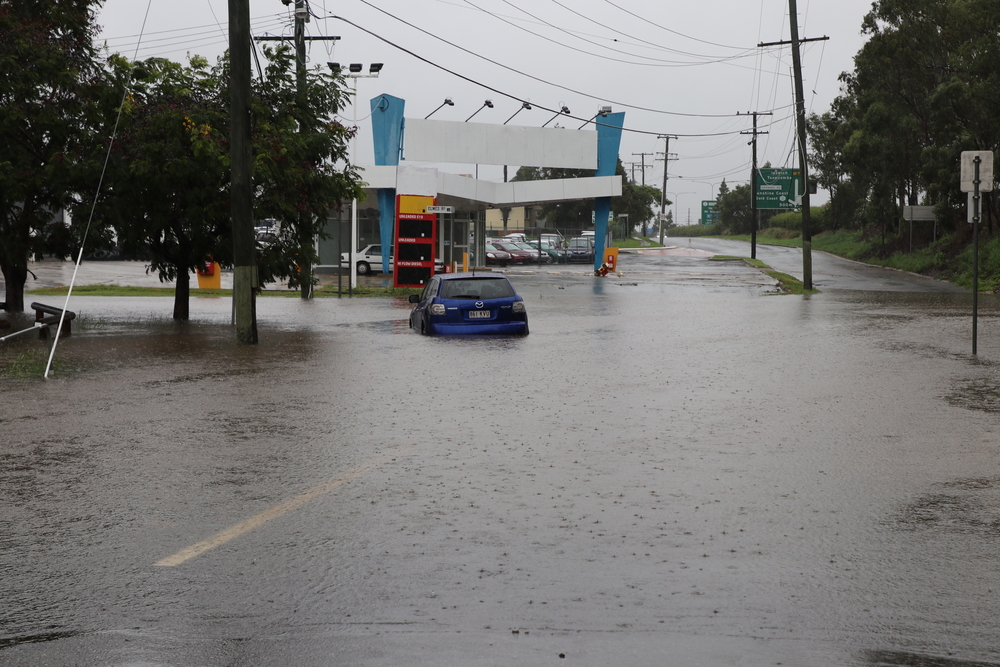Our main goal at corporate2community is to build resilience. The impacts of natural disasters on people, the economy, critical infrastructure and the environment can be substantially minimized with preparedness and as a result, resilience.
For this blog, we’d like to zone in on critical infrastructure. In the wake of disaster, it is never more important for critical infrastructure to remain operational. In fact, the health, safety and prosperity of a community relies on it.
Firstly, lets cover off what it is. Critical infrastructure is simply assets that are essential for a community to function. Think electricity and power, water, fuel, telecommunications, transportation, oil and natural gas.
So, who is responsible for building critical infrastructure resilience? In a nutshell, it’s a collaborative effort between the government, public and private owners and operators. While primary responsibility may fall on the latter, it is the government’s role to ensure that these stakeholders are managing their risks and that the vital services they’re delivering will be resilient when disaster strikes.
The Victorian State Government is a prime example of a Government doing just this with their Critical Infrastructure Resilience Strategy. This strategy was founded through a strong partnership with the industry sectors with a goal of working collaboratively to build resilience and limit disruption of the supply of essential services to the community in the wake of a disaster.
The key priorities of this strategy are:
- Developing an all-hazards resilience model to keep up with the ever-widening range of disasters, disruptions and crises occurring
- A consistent method of assessing the value and ‘criticality’ of infrastructure
- Strong partnerships between government and industry
- Clearer roles and responsibilities for all sectors
- Consistent but flexible approach for risk management
Building critical infrastructure resilience…
In Victoria, owners and operators of critical infrastructure who are designated as ‘vital’ are required to comply with mandatory obligations under government legislation. However, owners and operators of infrastructure deemed non-vital are encouraged to develop best practice emergency risk management strategies and practices based on the obligations for ‘vital’ critical infrastructure.
This legislation is designed to help those across all sectors develop a strong culture of risk management, collaborating to plan for, respond to and recover from emergency events.
All too often, when disaster disrupts a businesses ability to deliver services, the focus turns to business continuity strategies and resourcing. However, this is grossly inadequate with the ever-changing landscape of disasters we’re now facing and the growing expectations from community stakeholders on what role organisations should play – before, during and/or after disasters strike.
In order for all critical infrastructure to be resilient, businesses must collaborate, interact and coordinate within each organisation, within each sector, across all sectors and in each case integrating a community resilience lense .
To learn how you can evolve your businesses approach into something more than organisational resilience and truly contribute to a more resilient community, come along to our next event: Driving a community resilience mindset across Victoria’s critical infrastructure sectors.
To book, click here.
Renae Hanvin brings to businesses (of all shapes and sizes) a unique understanding of connecting corporate capabilities to community needs – before, during and after disaters. With a personal commitment to educate, connect and motivate businesses to support the communities in which they operate, Renae proudly leads a national team of best practice emergency sector and community relations specialists.
To become a business leader in building a disaster resilient Australia, visit www.corporate2community.com


Recent Comments